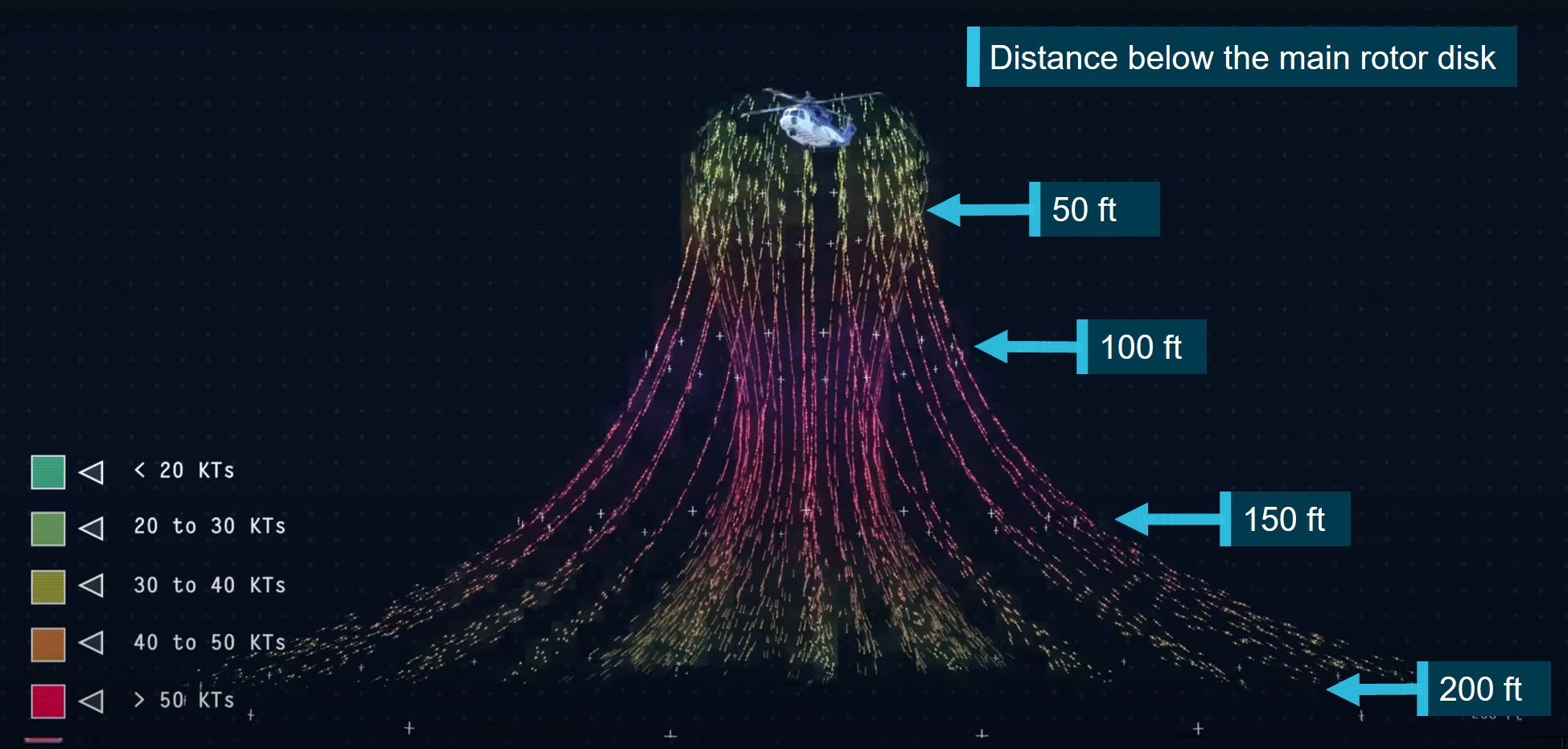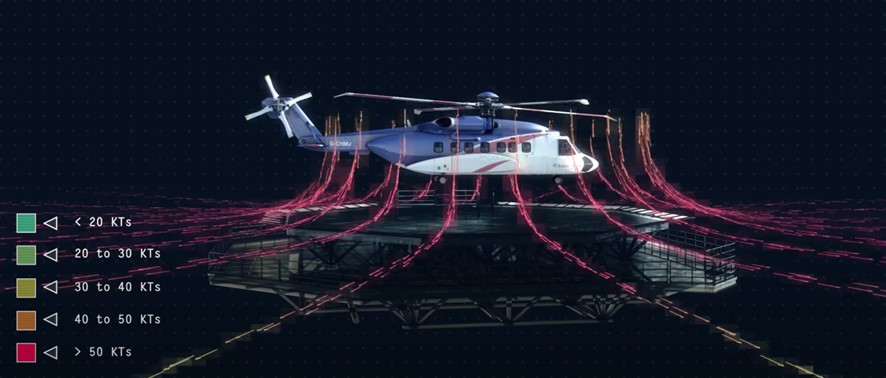Rotor Wash
Jump to navigation
Jump to search


Rotor wash, the downward airflow generated by a helicopter's main rotor, is a phenomenon that has been understood and studied since the earliest days of helicopter flight, with safety guidelines and operational considerations evolving alongside the technology.
What is Rotor Wash?
Definition
Rotor wash, also known as rotor downwash, is the downward airflow created by a helicopter's main rotor as it generates lift.
How it's formed
As the rotor blades rotate, they push air downwards, creating a strong, turbulent airflow that can extend several feet or even meters from the helicopter.
Historical Context
- Early helicopter development in the 1930s and 1940s saw the initial understanding of rotor wash as a byproduct of the rotating blades.
- As helicopters became more common, the dangers and operational implications of rotor wash became increasingly apparent, leading to safety guidelines and operational procedures.
- The FAA has been studying how to prevent rotorwash-related mishaps, anticipating the introduction of large helicopters and tiltrotors.
Regions within the Rotorwash
- Downwash: The primary downward airflow.
- Transition: The area where the downwash transitions to a more horizontal flow.
- Outwash: The outer edges of the rotor wash, where the airflow spreads outwards.
Dangers and Operational Considerations
- Wake Turbulence: Rotor wash can create wake turbulence, which is a dangerous phenomenon for other aircraft, especially smaller fixed-wing aircraft.
- Ground Effect: Rotor wash can also affect objects on the ground, such as tents, structures, and even people, potentially causing damage or injury.
- Military Applications: The Washington Post reported that the use of rotor wash is a common military tactic to incite fear, disperse crowds, and warn of other capabilities.
- Safety Guidelines: Pilots are advised to be aware of rotor wash and to avoid operating behind or crossing behind landing and departing helicopters.
- Avoiding Wake Turbulence: Pilots should stay above rotor wash, know the direction wake turbulence travels due to wind, stay upwind, and give it several minutes to fully dissipate.
Rotorwash Operational Footprint Modeling
The U.S. Army Conceptual Design & Assessment Office currently uses a first-order momentum-based model (RoWFoot) to estimate the effects of rotor parameters on rotorwash.
